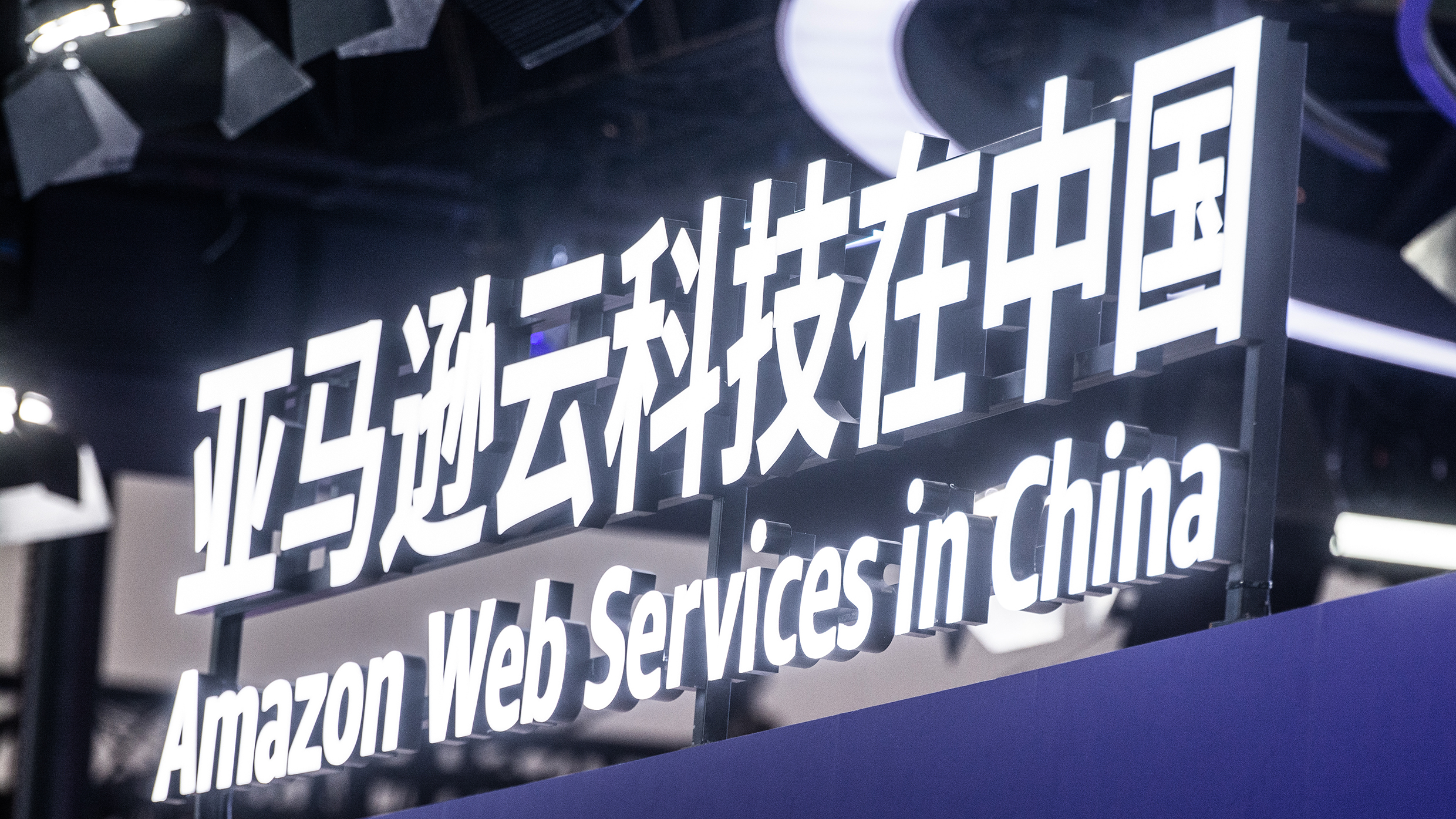Amazon Confirms Closure of Shanghai AI Lab as Global Tech Priorities Realign

Amazon Pulls the Plug on Shanghai AI Lab Amid Shifting Tech Priorities
Amazon Confirms Exit from Shanghai's AI Scene
A major shift has taken place in the global tech landscape as Amazon confirmed the closure of its artificial intelligence research center in Shanghai. The facility, established in 2018 under Amazon Web Services, was known for its robust focus on neural networks and machine learning models. For six years, researchers at the lab contributed scholarly papers and developed advanced frameworks that supported not just local but global infrastructure for the company.
This move mirrors actions taken by other American technology giants, highlighting the dynamic nature of international innovation hubs. Researchers from the Shanghai team were integral in providing support for AI-powered solutions, cloud-based services, and technical infrastructure at significant scale. The timeline for this closure follows a period of intense global scrutiny as competition and cooperation in advanced technology fields remain under close watch.
Strategic Realignment and International Pressures
Industry observers have noted that the decision was influenced by developments in the global regulatory ecosystem as well as organizational streamlining. Public statements from representatives involved in the Shanghai operation indicate that the changes were motivated by a recalibration of business priorities. The divergence of interests and evolving foreign policy between the world’s two largest economies have prompted multinational companies to rethink their footprints in regions susceptible to external volatility.
The Shanghai lab had, at its peak, engaged a workforce of up to a thousand, supporting core services for Amazon’s cloud activities both within China and internationally. Despite its impressive output, the lab found itself navigating increased scrutiny and operational complexity. The emphasis has now shifted towards optimizing available resources and reinforcing areas less impacted by fluctuating international relations.
AI Research Footprint and Regional Talent
Throughout its operation, the research center played a pivotal role in advancing computational models, publishing over a hundred scientific studies, and delivering open-source technology. Contributions from its teams directly influenced the evolution of intelligent data processing tools, shaping development pipelines across Amazon’s global ecosystem. Many of their innovations reportedly resulted in substantial commercial success and set standards for enterprise AI applications.
The closure may signal changes in opportunities for local researchers and spark broader discussions about talent mobility and future collaborations between institutions. Amazon’s withdrawal is indicative of a sector-wide trend, as several leading tech companies re-examine their research strategies in light of shifting geopolitical and regulatory parameters. This is particularly apparent in discussions around cross-border technological development and the future trajectory of enterprise cloud computing.
Recurring Theme Among Industry Leaders
Companies like Microsoft and IBM have previously reduced their research presence in similar contexts, underlining the complexities associated with maintaining operations in regions experiencing regulatory change. As organizations rethink resource allocation and workforce planning, they recalibrate to ensure maximum resilience amidst uncertain economic waters.
Amazon has assured ongoing commitment to investment in other regions, focusing on initiatives that align with evolving demands and leverage expanding technological domains. The decisions to consolidate or withdraw are inextricably linked to the broad operational realities faced by multinational companies managing innovation pipelines, compliance requirements, and workforce transitions.
Conclusion: A Defining Moment for AI and Global Collaboration
The closure of Amazon’s Shanghai artificial intelligence research laboratory marks a significant moment in the evolution of global technology partnerships and supply chains. Moving forward, this announcement underscores the importance of adaptability and strategic foresight for organizations operating at the nexus of emerging technologies and international business. While the ripple effects for researchers and the local technology community will be closely watched, industry stakeholders continue to assess and navigate the changing contours of international collaboration and competition.
